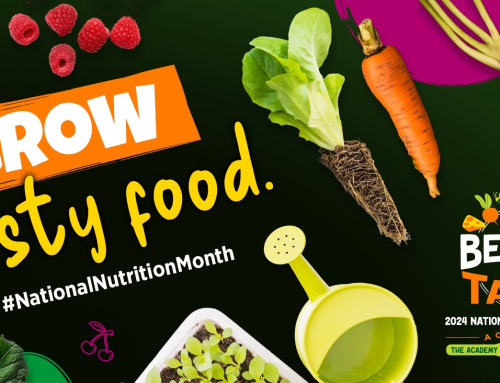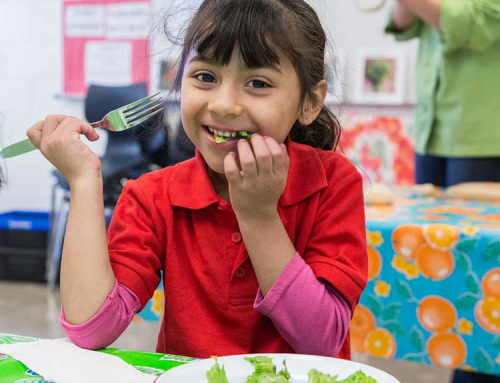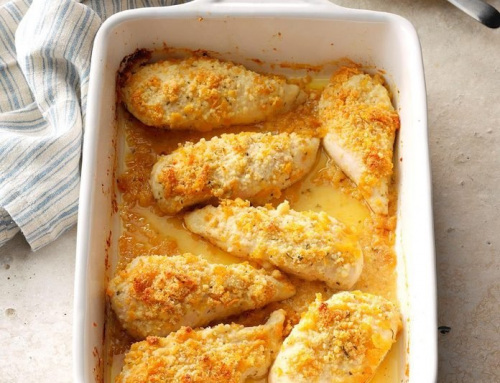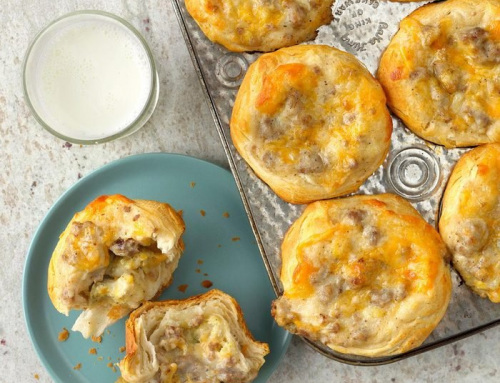Food Through the Seasons
By Amy Weurdig, UCCE Master Food Preserver Volunteer
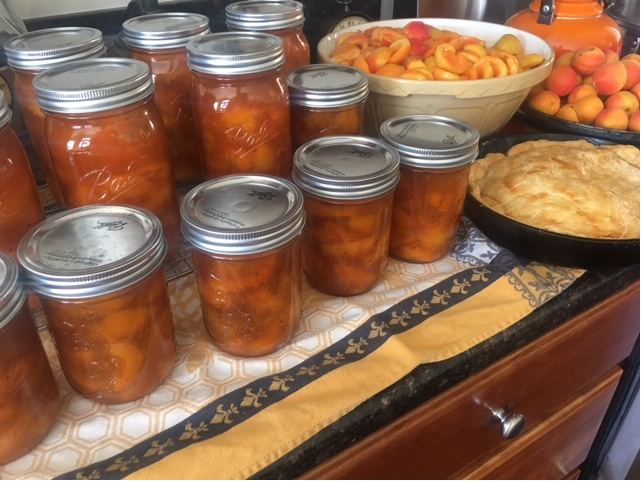
Living in a defined food desert (area in which it is difficult to buy affordable or good-quality fresh food) is challenging, especially during winter months when the weather can reduce access to food availability at grocery stores in the area. With ongoing efforts for improved food security, the local community is seeing an increased interest in home food preservation.
Food preservation is set of techniques to ensure food supplies last through the seasons. There are various ways to preserve food – some safe and some not so safe. The reason to mention safety is to identify that by preserving food using methods that do not ensure the proper processing, we can inadvertently make the people sick.
When the first of spring approaches, the garden starts to produce onions, garlic, beets, and any number of cold hearty products. All of these may be stored to enjoy later in the year. Pickled beets on a cool, refreshing salad on a hot summer day is to be enjoyed! Here is a researched and tested recipe for pickling those fresh-from-the-ground beets.
Pickled Beets
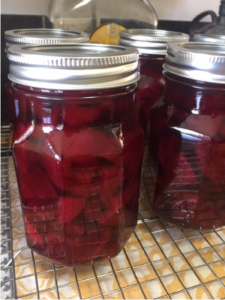
- 7 lbs of 2- to 2-1/2-inch diameter beets
- 4 cups vinegar (5 percent)
- 1-1/2 teaspoons canning or pickling salt
- 2 cups sugar
- 2 cups water
- 2 cinnamon sticks
- 12 whole cloves
- 4 to 6 onions (2- to 2-1/2-inch diameter) if desired
Yield: About 8 pints
If this is your first time canning, it is recommended that you read Principles of Home Canning.
Procedure: Trim off beet tops, leaving 1 inch of stem and roots to prevent bleeding of color. Wash thoroughly. Sort for size. Cover similar sizes together with boiling water and cook until tender (about 25 to 30 minutes). Caution: Drain and discard liquid. Cool beets. Trim off roots and stems and slip off skins. Slice into 1/4-inch slices. Peel and thinly slice onions. Combine vinegar, salt, sugar, and fresh water. Put spices in cheesecloth bag and add to vinegar mixture. Bring to a boil. Add beets and onions. Simmer 5 minutes. Remove spice bag. Fill jars with beets and onions, leaving 1/2-inch headspace. Add hot vinegar solution, allowing 1/2-inch headspace.
Adjust lids and process according to the recommendations in Table 1.
Summer rears its head with sun and produce bursting from the garden – tomatoes, beans, squash, peppers seem to dance in the sun and into our pantries. Understanding the right methods for preserving all this bounty allows us to consume all these delicious and nutritious foods in the cold of January when the snow is blowing outside. How about preserving those fruits from the orchard? Try canning pineapple zucchini to use in December for a fruit cake to take to those holiday potlucks. Remember August 8th is National Sneak some Zucchini onto your Neighbor’s Porch Day!
Zucchini-Pineapple
- 4 qts cubed or shredded zucchini
- 46 oz canned unsweetened pineapple juice
- 1½ cups bottled lemon juice
- 3 cups sugar
Yield: About 8 to 9 pints
If this is your first time canning, it is recommended that you read Principles of Home Canning first.
Procedure: Peel zucchini and either cut into ½-inch cubes or shred. Mix zucchini with other ingredients in a large saucepan and bring to a boil. Simmer 20 minutes. Fill jars with hot mixture and cooking liquid, leaving ½-inch headspace. Adjust lids and process. See Table 1 for recommended process time for using a boiling-water canner.
Fall approaches with the landscape painted in colors of gold, orange and umber. The temperatures drop and the first freeze creeps in the rows of herbs and pumpkins. Drying fresh sage to add to your Thanksgiving stuffing is as easy as picking it, giving it a good rinse and trying it up to dry in a dark, draft-free spot. Those pie pumpkins are ready to make their way into a pie – try freezing pumpkin puree!
Pumpkin
Preparation – Select full-colored mature pumpkin with fine texture. Wash, cut into cooking-size sections and remove seeds.
Cook until soft in boiling water, in steam, in a pressure cooker or in an oven. Remove pulp from rind and mash. To cool, place pan containing pumpkin in cold water and stir occasionally. Package, leaving ½-inch headspace. Seal and freeze.
Oh winter, how it can chill the bones! Hunting season has come, and freezers are getting filled with deer, elk, and antelope. Freezing is an approved method of preservation all on its own. Wild game makes an excellent meat for home canned chili! What a great quick, weeknight dinner to open a can of homemade chili or soup that was safely pressure canned. The USDA has this great recipe for making soup – your choice! Try canning your favorite soup following this link to a list of approved recipes to use for lunches and/or to share with a friend.
Food through the seasons is not just about preserving food for later use, it’s also enjoying it fresh off the vine – like that first bright red juice tomato that never makes it out of the garden because the temptation was too great and had to be eaten on the spot.
Have it fresh or save it for later, food through the seasons gives us a moment to pause in gratitude for seeking food sovereignty. Food Sovereignty is the right to healthy and culturally appropriate food produced through ecologically sound and sustainable methods.
*For all canning recipes adjust processing time/method and weight for altitude. Check here for more info: https://nchfp.uga.edu/


